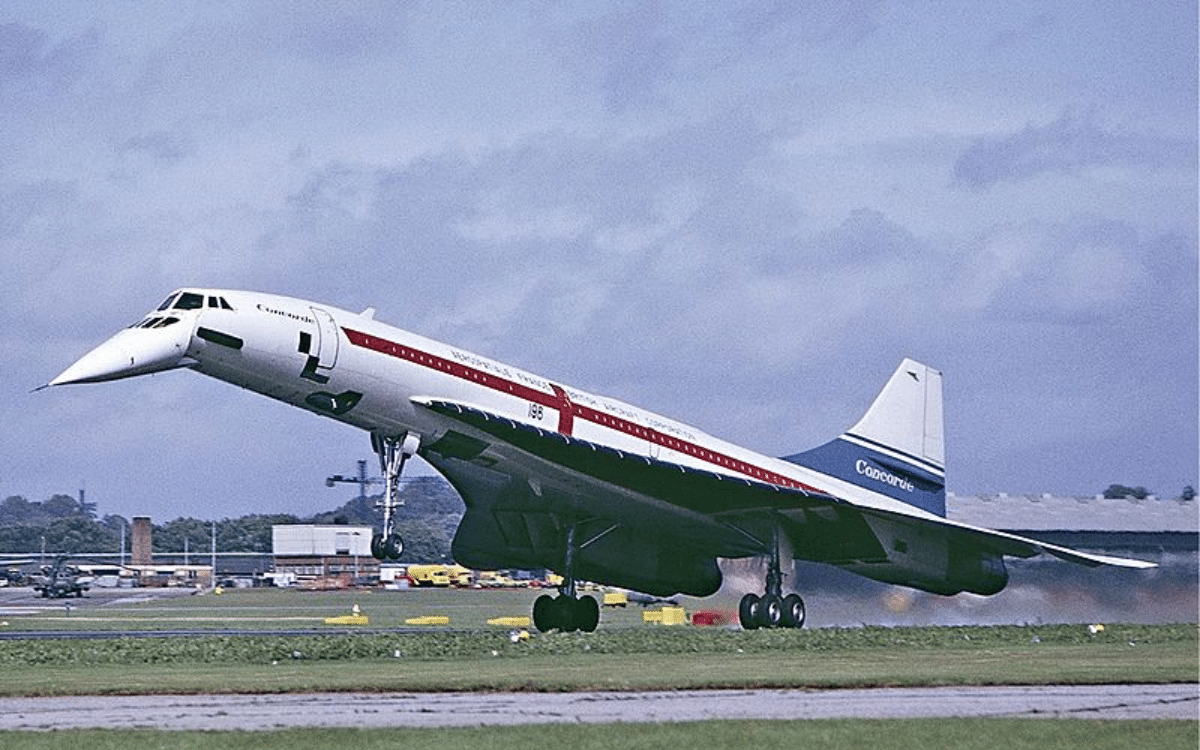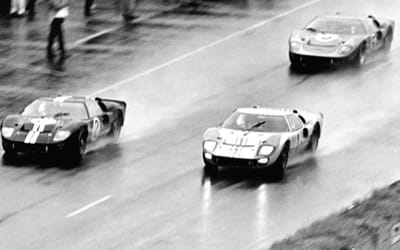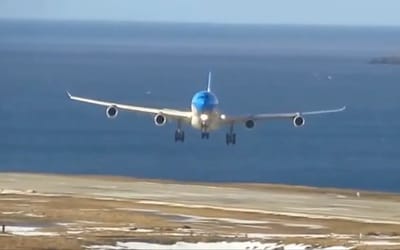The mammoth cost of a Concorde ticket and the reasons it is no longer around today
- The Concorde flew faster than the speed of sound
- Passengers could arrive in New York at an earlier time than they had left London
- Ultimately the expensive tickets and a tragedy lead to its downfall
Published on Nov 24, 2023 at 1:26 PM (UTC+4)
by Andie Reeves
Last updated on Nov 24, 2023 at 6:52 PM (UTC+4)
Edited by
Adam Gray
The Concorde is one of the most iconic planes to ever take to the skies.
It revolutionized the possibilities of air travel, flying twice as fast as other commercial planes.
But the plane flopped due to a number of issues, ranging from poor business decisions to a devastating crash.
READ MORE: Massive 2,000-piece Concorde LEGO set has just been released with a hefty price tag
The Concorde was developed in a bid to reduce travel time between the continents.
It made its first flight in 1969 and was available for commercial use in 1976.
Even by today’s standards this plane was impressive.
It could fly from London to New York in just three and a half hours.
To achieve this the plane had to travel two times the speed of sound, reaching Mach 2.04 (2,518 km/h / 1,565 mph).
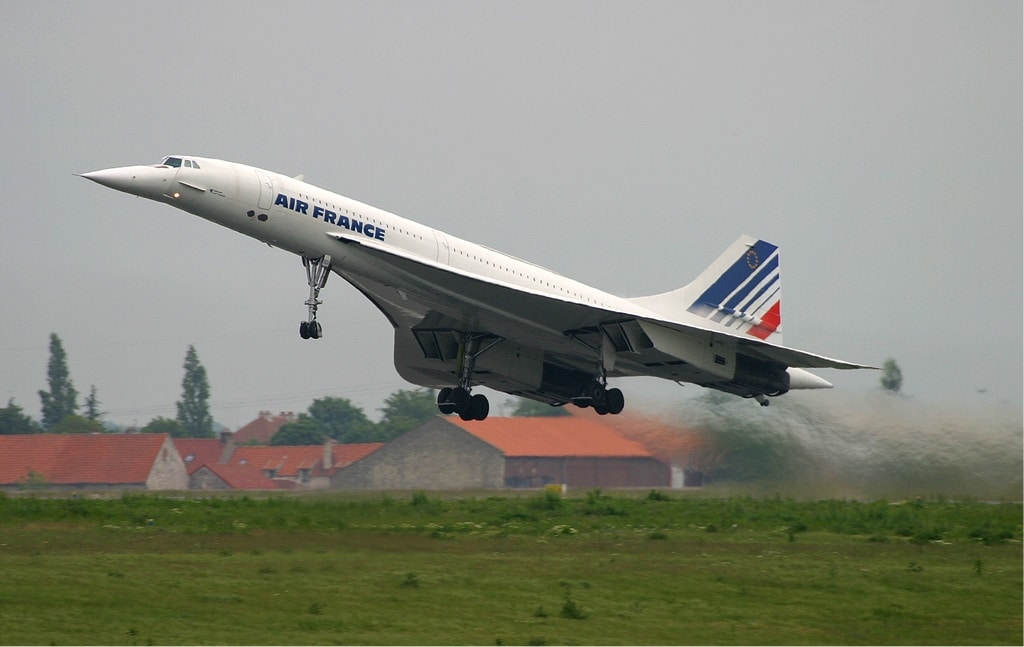
The design of the Concorde was distinctive, featuring a delta wing and a pointed nose that could be tilted to improve visibility.
The body was extra slim, making the interior slightly cramped for passengers.
Not that they had to sit on the plane for very long.
But while the cabin was cramped, the seats were spacious and the meals were gourmet.
“I was fortunate enough to fly it twice, once in each direction,” one passenger said.
“Fast, bumpy, luxurious.”
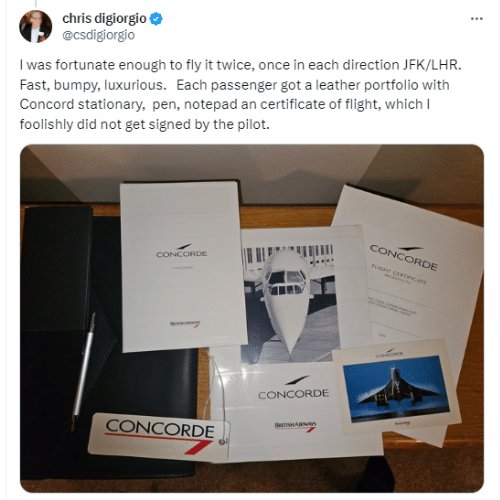
The plane was particularly popular with bankers, who could land in New York at an earlier time than they had left London.
All the more time to do cross-continental business.
The only airlines to employ Concordes were British Airways and Air France.
Just 14 Concordes were ever put to work, embarking on a total of 50,000 flights between them.
The last Concorde flight was in 2003, after which the planes were retired for good.
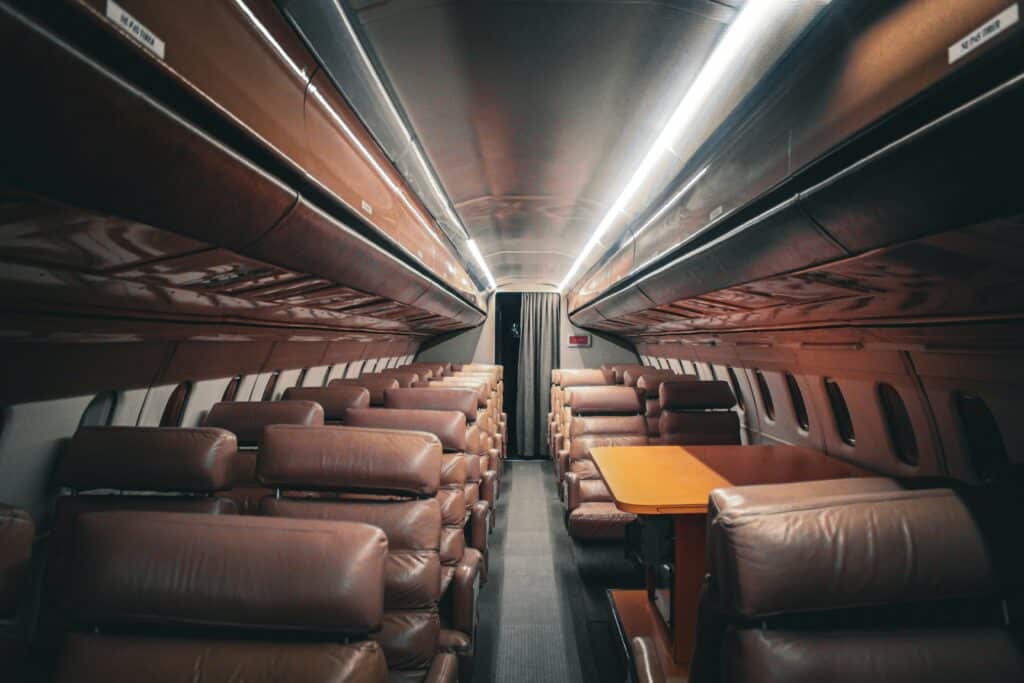
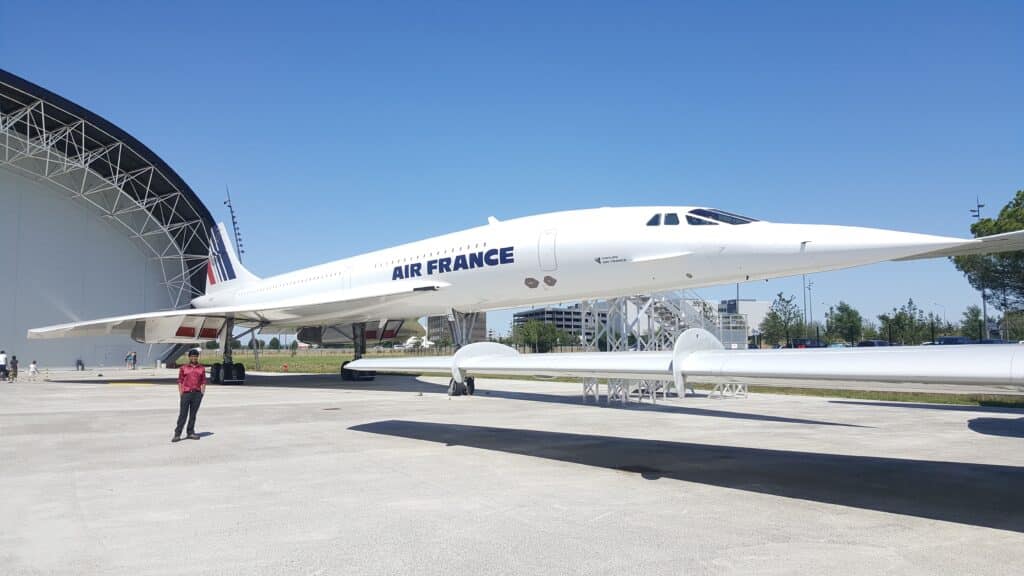
So where did it all go wrong?
The plane was famously fuel inefficient, using 4,800 gallons (18,169 liters) per hour of flight.
Travelling at the speed of sound came at a cost too, as it meant the plane generated a loud sonic boom.
Countries were worried about the impact of this boom on people on the ground and the environment, and imposed restrictions on where the Concorde could fly.
This meant it could only fly very specific routes.
One of the biggest blows to the plane’s reputation was a crash in 2000, which killed all 109 people on board.
This lead to a huge decline in public confidence as it turned out people would rather take a bit longer to get somewhere then be in a plane crash.
Buying a ticket was also no small feat.
The plane’s capacity was really limited, only able to take 109 passengers at a time.
To put it in perspective, a Boeing 747 can take 800 passengers.
This meant tickets were really expensive, with a round trip across the Atlantic costing $12,000 in today’s money.
DISCOVER SBX CARS: The global premium car auction platform powered by Supercar Blondie

Andie is a content writer from South Africa with a background in broadcasting and journalism. Starting her career in the glossy pages of Cosmopolitan and Marie Claire, Andie has a broad portfolio, covering everything from sustainability solutions to celebrity car collections. When not at her laptop Andie can be found sewing, recording her podcast, taking board games too seriously or road-tripping in her bright green Kia.
